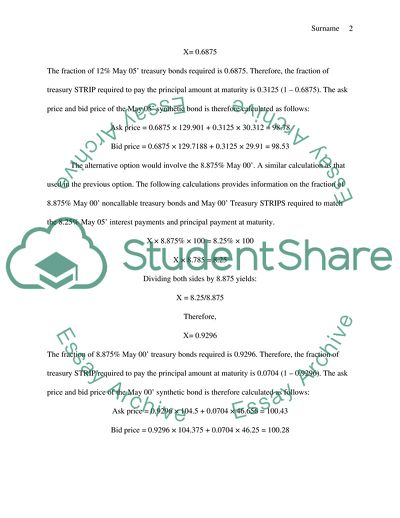Cite this document
(Arbitrage in the Government Bond Market Case study Coursework, n.d.)
Arbitrage in the Government Bond Market Case study Coursework. https://studentshare.org/macro-microeconomics/1768676-arbitrage-in-the-government-bond-market-case-study
Arbitrage in the Government Bond Market Case study Coursework. https://studentshare.org/macro-microeconomics/1768676-arbitrage-in-the-government-bond-market-case-study
(Arbitrage in the Government Bond Market Case Study Coursework)
Arbitrage in the Government Bond Market Case Study Coursework. https://studentshare.org/macro-microeconomics/1768676-arbitrage-in-the-government-bond-market-case-study.
Arbitrage in the Government Bond Market Case Study Coursework. https://studentshare.org/macro-microeconomics/1768676-arbitrage-in-the-government-bond-market-case-study.
“Arbitrage in the Government Bond Market Case Study Coursework”. https://studentshare.org/macro-microeconomics/1768676-arbitrage-in-the-government-bond-market-case-study.


